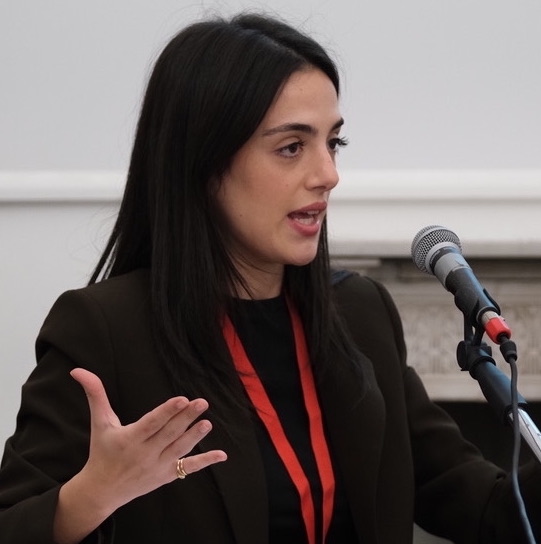 |
VALERIA FARINACCI
Dottorando
Dipartimento di Educazione e Scienze Umane
|
Home |
Pubblicazioni
2022
- Art as experience di John Dewey ed il Reggio Emilia Approach. Prospettive filosofico-pedagogiche a confronto
[Articolo su rivista]
Farinacci, Valeria; Prestianni, Cristiana
abstract
This paper sets out to demonstrate how the work Art as Experience (1934) by the American philosopher and pedagogista John Dewey, who advocated for pedagogical activism, was significant in shaping Loris Malaguzzi’s thought (1920-1994) and the Reggio Emilia Approach. Reggio’s pedagogical approach is addressed to kindergartens. It is characterised by a pedagogy open to all expressive languages, which sees in the artistic experience a new way of living in school. According to its experiential and educational context, the Reggio Emilia Approach takes inspiration from Art as experience and reinterprets it, configuring its different and essential suggestions. Through philosophical-pedagogical investigations, the article reflects on the meaning of the aesthetic experience, creativity, and artistic experience interconnected with relationships. Art as experience and Reggio Emilia Approach conceive art as a powerful heuristic tool for human experience and reality.
2020
- Comunicazione museale e traduzione: le audioguide del British Museum
[Capitolo/Saggio]
Farinacci, Valeria
abstract
Abstract
The paper sets out to provide a linguistic and textual analysis of a corpus composed of transcripts of the two official audio guides of the British Museum, a traditional audio guide called “Galleries of the British Museum”, and an innovative multimedia guide available on a digital device. The paper examines two linguistic elements of the audio guides to locate the principal features of this text type, taking into account scientific literature and up-to-date guidelines. From lexical density, a parameter to analyse how informative the text is, to allocutive pronouns, a recurrent linguistic feature useful to evaluate the interaction with the museum listener/visitor. The criteria are subsequently examined from a linguistic-translation perspective to bring into view the strategies applied to translate them from the source text to the Italian target text. The British Museum offers two alternative tools conceived for different purposes: on the one hand, the traditional audio guide is an introduction to the galleries for visitors at home; on the other hand, the multimedia guide is an instrument to live an engaging experience inside the museum. Furthermore, the latter is an example of how the audio guide’s digital textuality has improved in recent years. Although audio guides still play a pivotal role in museum fruition today, further research must be carried out to analyse the interweaving between technology and linguistic accessibility in museum texts.
Parole chiave: Audio guide, multimedia guide, museum communication, museum translation, accessibility, corpus.